Ambitious space missions, like the James Webb Space Telescope, help scientists look into the cold depths of the unknown Universe in search of unsolved mysteries of cosmology.
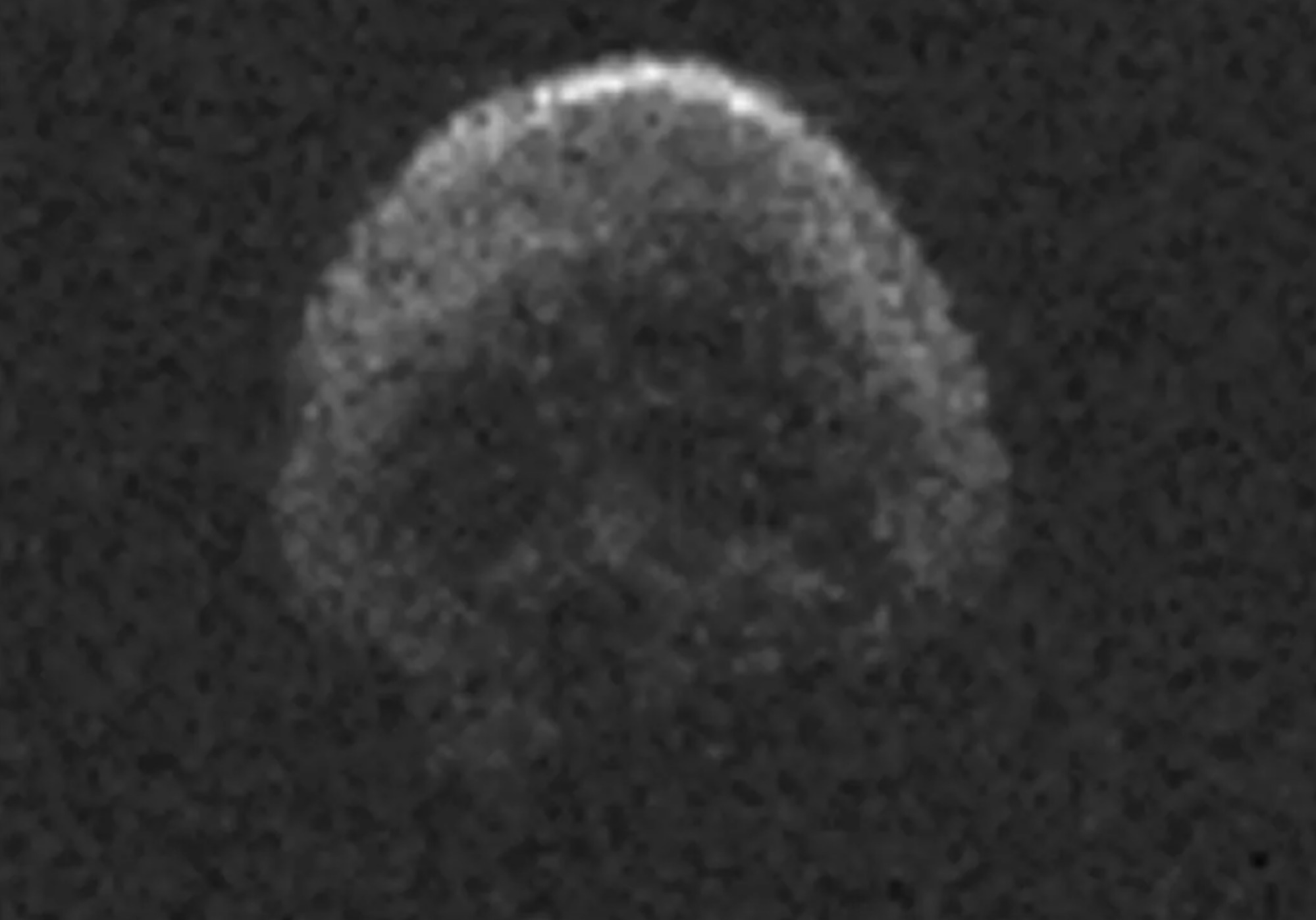
During the search, various finds come across, they slightly open the veil of secrets, and amaze us with their unusual appearance. You can often notice familiar images among these patterns, which is why we give them names, for example, the Butterfly nebula or Cat’s Eye. This effect is called pareidolia.
“We often hear from people who think they see something familiar in an image from Mars, or somewhere else in the cosmos. And it’s true — they do see something familiar, but it’s actually because they’re experiencing pareidolia,” NASA representatives explain.
On the eve of Halloween, The Universe Space Tech provides several examples of creepy objects that we allegedly see in space photos. If you see terrible skulls in them, don’t worry — it’s just a game of your imagination.
The Perseus cluster

This stunning image was taken by NASA’s Chandra X-ray Observatory. This is a device that detects X-ray radiation from the hot regions of the Universe. This skull-like pattern actually shows the core of a group of distant galaxies called the Perseus Cluster. In fact, you are looking at an extremely hot gas in the center of the supergiant galaxy Perseus A. Right in the center, between two dark cavities, is a supermassive black hole. The double dark cavities are very large – each large enough to accommodate a galaxy twice the diameter of the Milky Way. These two large cavities, together with the smaller one, form a shape that closely resembles a skull.
The skull asteroid (2015 TB145)
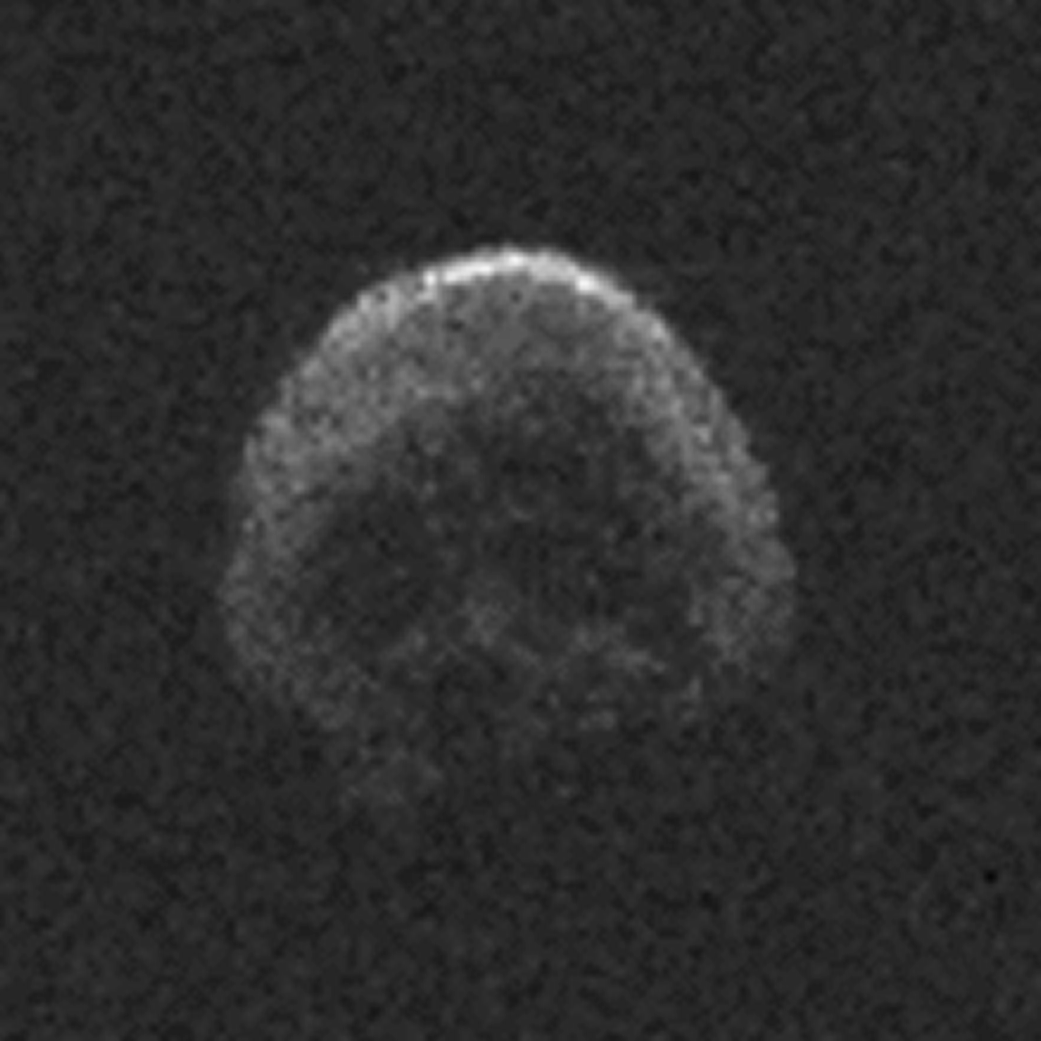
When one of the sides of asteroid 2015 TB145 is illuminated, it starts to look terribly creepy. Astronomers discovered this space rock in October 2015. Its discovery coincided with its closest approach to Earth during the Halloween holiday. Asteroid 2015 TB145, about 650 meters wide, is very dark; it reflects only 5% of sunlight. Its albedo can be compared to charcoal.
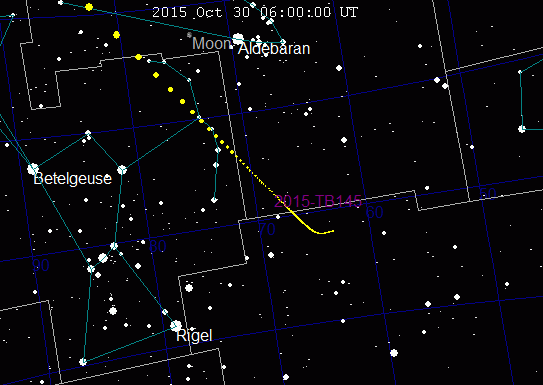
This is a near-Earth asteroid. That is, from time to time, it approaches the Earth. For example, in 2088, the asteroid will approach us by 20 lunar distances. Like most asteroids, the skull asteroid is a relic of our early Solar System. It was formed about 4.6 billion years ago. NASA calls asteroid 2015 TB145 a “dead comet,” meaning it has already dumped most of the water ice and other “volatile substances” around its rocky or metallic core.
Skull Nebula
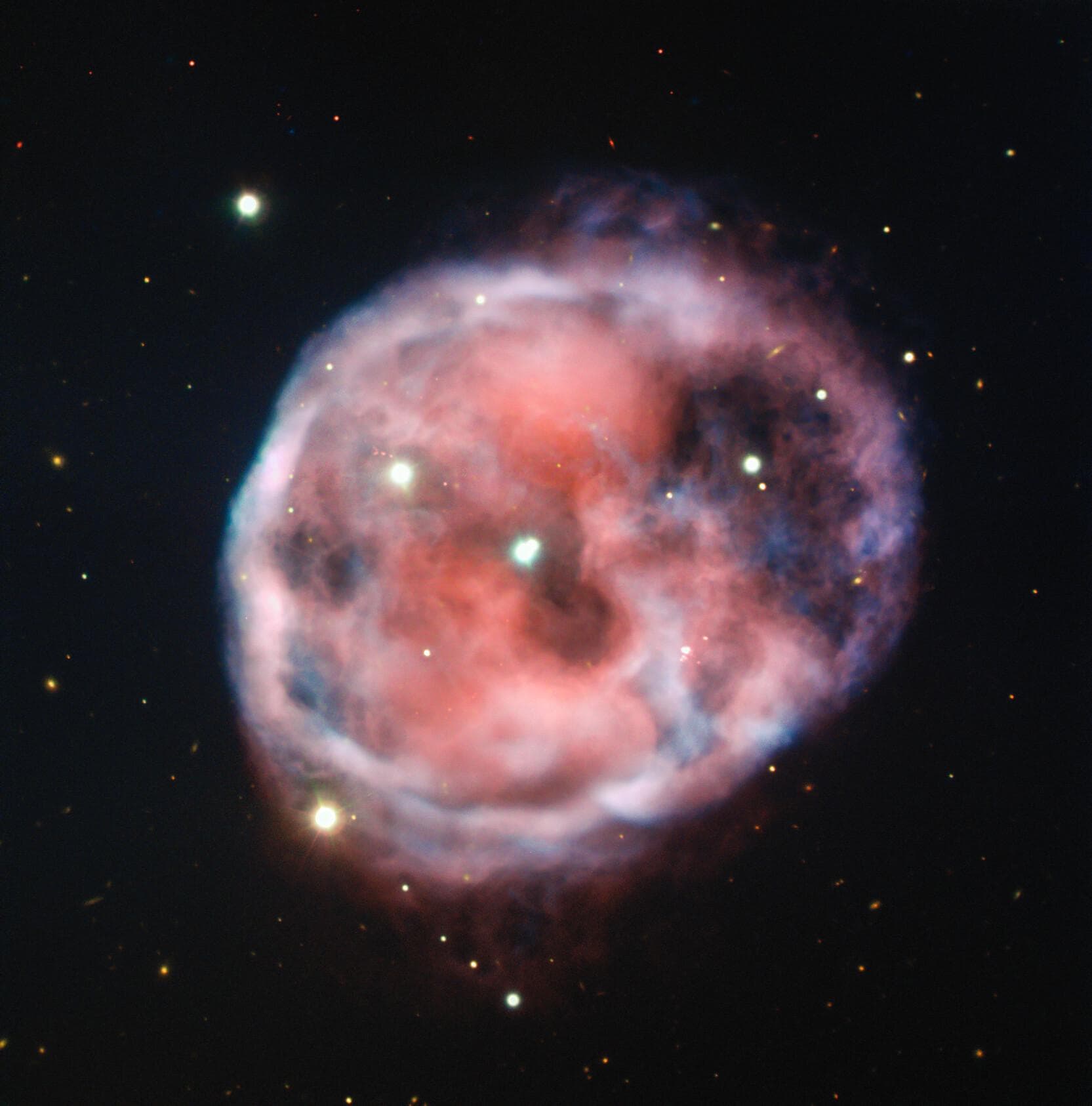
Approximately 1600 light-years away in the constellation of Cetus lies the Skull Nebula. Officially named NGC 246, it is a space object called a planetary nebula that forms when a medium-sized star like the Sun ages and sheds outer layers of gas, often in a grand cosmic manifestation. After the matter is dumped, a barren and extremely dense core remains in the center of the nebula.
“This ethereal remnant of a long dead star bears an uneasy resemblance to a skull floating through space,” writes the European Southern Observatory (ESO).
Face on Mars
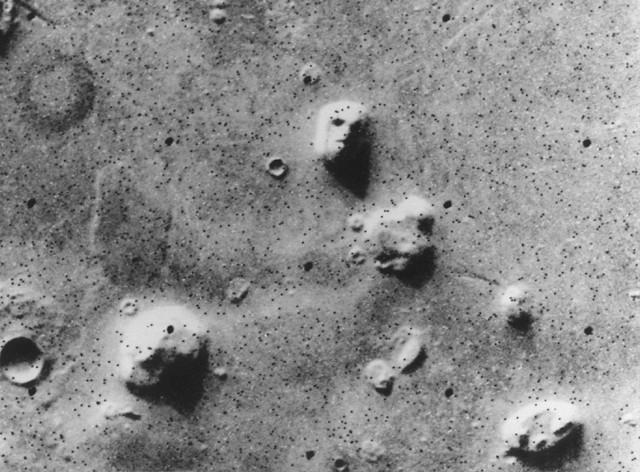
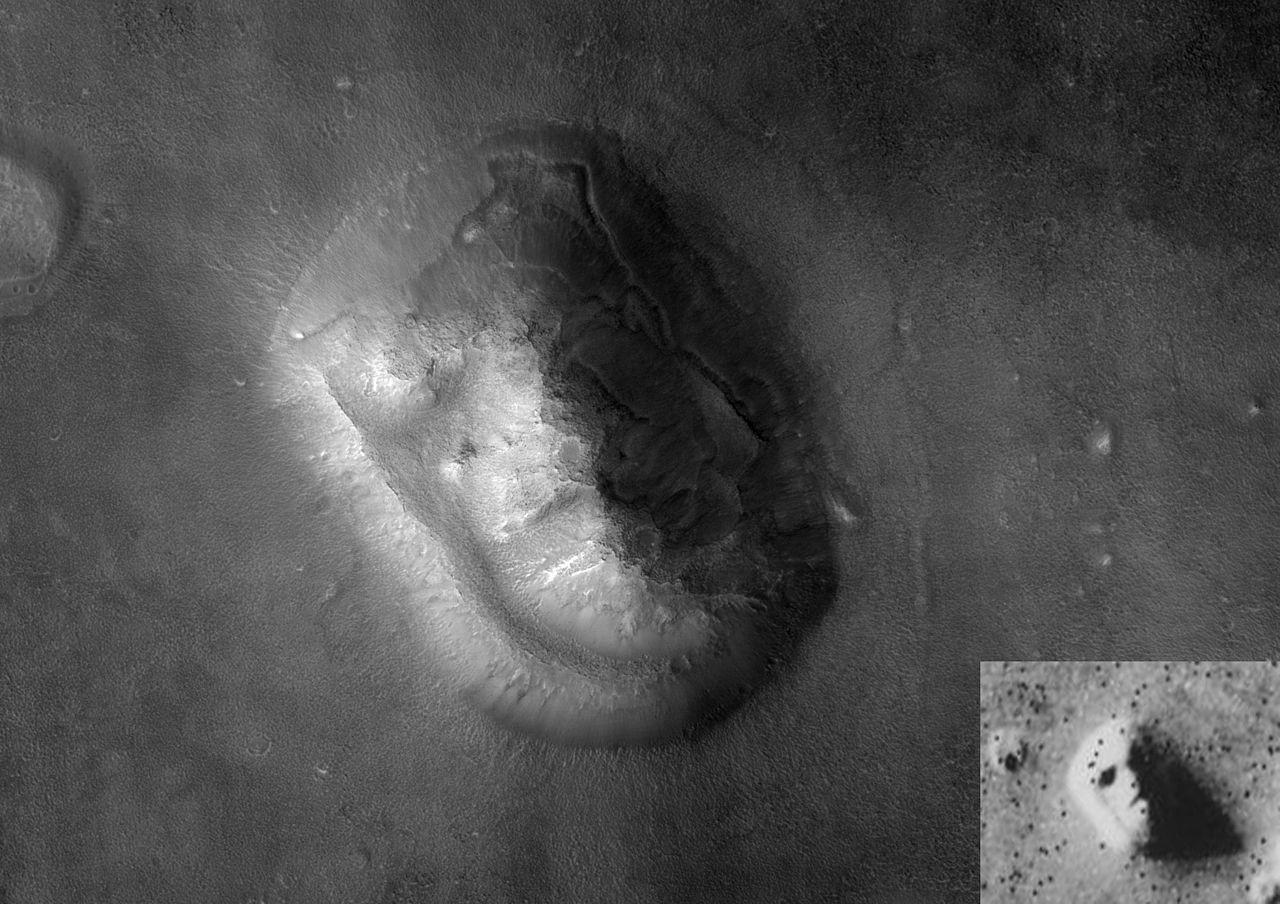
The “face on Mars” is a famous example of pareidolia. This object was first recorded in 1976 by NASA’s Viking spacecraft. The spacecraft recorded a characteristic rock, which, combined with not very sensitive equipment and characteristic lighting, produced a photo with a pattern similar to a face. However, the “face” did not stand the test of time. Decades later, other spacecraft took a high-resolution image of the face, showing that it was just a natural Martian relief.
Earlier we reported how Hubble looked into the galactic “web”.
According to mashable.com
Follow us on Twitter to get the most interesting space news in time
https://twitter.com/ust_magazine

